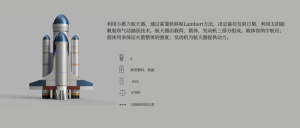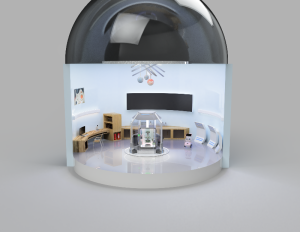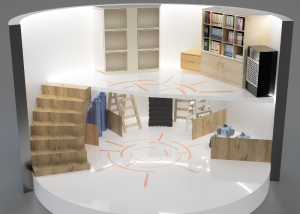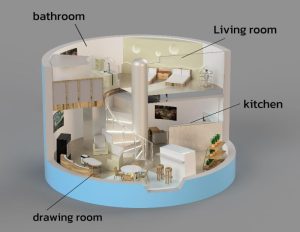scientific research by Starlit Moon Chasers
郑州轻工业附属中学 河南省郑州市-河南省 Chiny 18 lat, 19 lat 5 / 3 Angielski Mars
Opis projektu
Considering the similarities between Mars and Earth, we have selected the Elysium Planitia region on Mars as the site for our base camp. It offers significant advantages such as a flat terrain, facilitating landings for probes. The surrounding area shows evidence of past rivers and lakes, indicating abundant water resources. Additionally, the gentle topography and absence of large impact craters ensure construction safety. Our camp design combines surface and underground structures to protect against meteoroid impacts while maintaining stable internal temperatures.
To ensure long-term human habitation on Mars, we will comprehensively and efficiently utilize the planet’s resources. Firstly, regarding water resources, we plan to drill deep into the Martian subsurface and utilize the water ice resources. By pumping heat into the drilled areas, we will create reservoirs and establish a sustainable water supply system. Secondly, Mars has an abundant amount of carbon dioxide in its atmosphere. We will employ plasma technology to decompose carbon dioxide molecules and extract oxygen. Lastly, considering the toxic heavy metals and harsh environment in Martian soil, we intend to employ hydroponic cultivation techniques to grow potatoes, while also raising mealworms to meet the astronauts’ nutritional needs.
Our primary objective is conducting scientific research on utilizing Martian resources for future colonization missions. We have three key innovations. Firstly, we will establish a trinary microbial recycling system, using principles of synthetic biology. Through genetic modifications of algae, they will serve as a food source and play a crucial role in air regeneration. Additionally, we will employ microbial electrosynthesis reactors to convert Martian atmospheric carbon dioxide into methane using engineered bacteria. Secondly, we have designed an intelligent voice-assistant robot capable of natural language interaction. It will understand user commands, answer questions, and include built-in sensors to monitor astronaut health, as well as entertainment and media functions. Lastly, we aim to harness space-based solar energy by utilizing satellite solar panels and transmit the energy back to Mars through microwave or other wireless methods. Ground-based receiving stations will capture and store the energy, ensuring a reliable power supply.
In summary, our Mars base camp construction plan aims to achieve efficient resource utilization, advance scientific research, and ensure long-term astronaut survival.
Film z projektu
#
Projekt 3D
Inne projekty
CAMP DE BASE LUNAIRE ARMSTRONG
















































